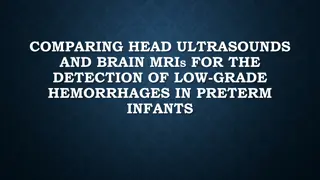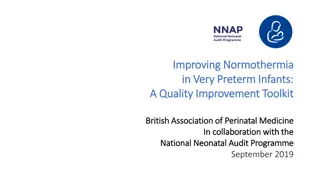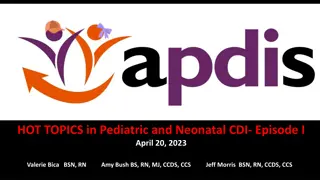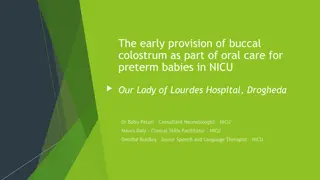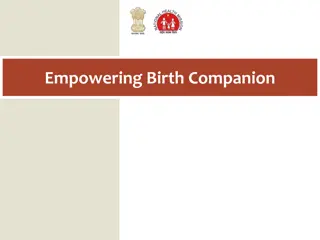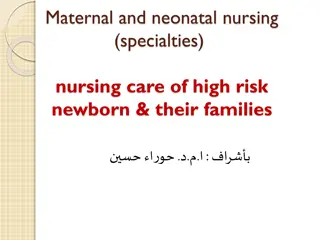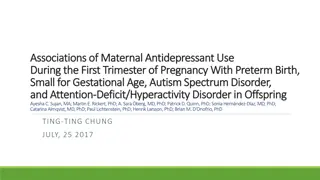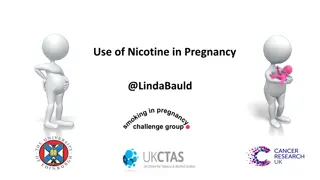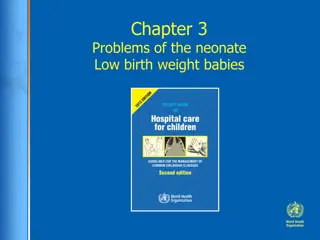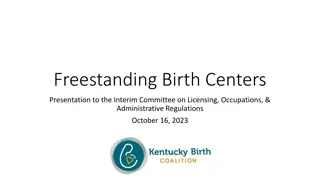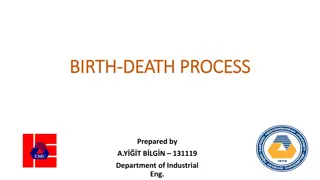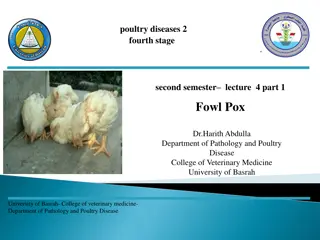Understanding Preterm Birth: Causes, Diagnosis, and Management
Preterm birth, occurring before 37 weeks of gestation, is a significant concern in obstetrics due to its association with perinatal mortality and morbidity. This article delves into the definition, incidence, etiology, risk factors, diagnosis, and management of preterm labor, providing insights on assessment, treatment options, and delivery considerations for preterm infants.
Download Presentation

Please find below an Image/Link to download the presentation.
The content on the website is provided AS IS for your information and personal use only. It may not be sold, licensed, or shared on other websites without obtaining consent from the author. Download presentation by click this link. If you encounter any issues during the download, it is possible that the publisher has removed the file from their server.
E N D
Presentation Transcript
Preterm Birth Hazem Al-Mandeel, M.D Course 481 Obstetrics and Gynecology Rotation
Definition and Incidence Preterm birth is the delivery of a fetus after 20 wks of gestation and before term (completed 37wks) Preterm Labor is Preterm birth is a major cause of perinatal mortality and morbidity PTB occurs in 10% to 12% of pregnancies 50% to 70% of neonatal mortality and morbidity is secondary to PTB
Etiology and Risk Factors 3 etiologic subtypes of PTB: 1. Spontaneous PTB (idiopathic) 2. Preterm premature (prelabor) rupture of membranes 3. Induction of Labor for medical indications Risk Factors: H/O preterm birth Polyhydramnios Abortion (especially 2ndtrimester) Cervical incompetence Ethnic background Multiple gestation Urinary tract Infection
Diagnosis of Preterm Birth Diagnosis done by clinical assessment Initial assessment of women with preterm labor and intact membrane is by pelvic examination Dx of PTB is based on: 1. Documented uterine contractions 2. Documented cervical dilatation or change
Management of Preterm Labor Complete assessment of the patient for possible corrected underlying cause (e.g. UTI) Rule out the presence of premature rupture of membranes Start I.V hydration and bed rest Obtain vaginal swab and urine for culture (R/O vaginal infection or UTI) Obtain obstetrical ultrasound to assess fetal presentation, weight, and cervical length
Management of Preterm Labor If gestational age is 34wks If gestational age is < 34wks consider the following: 1. Antenatal corticosteroid (glucocorticoids) to reduce risk of preterm mortality and morbidity 2. Uterine tocolytic therapy (to stop or delay delivery) e.g.: Ritodrine, Nifedipine, NSAID, Oxytocin antagonists C.I: antepartum bleeding, severe preecalmpsia, chorioamnionitis, IUGR, IUFD, fetal anomalies 3. Antibiotic therapy (for Group B streptococcal prophylaxis) no further action
Labor and Delivery of the Preterm The Lower limit of viability of a preterm infant is 24 wks or 500g weight Vaginal delivery is preferred in vertex presentation If breech presentation cesarean section is preferable Continuous fetal heart monitoring is necessary Vacuum/ventose assisted delivery should be avoided Neonatal intensive care unit is
Prevention 1. Identify patients at risk and provide close follow up 2. Treatment of bacterial vaginosis 3. Treatment of asymptomatic bacturia 4. Measurement of cervical length in high risk patients 5. The use of fetal fibronectin test for women with PTL 6. Stress reduction and improvement of nutrition





